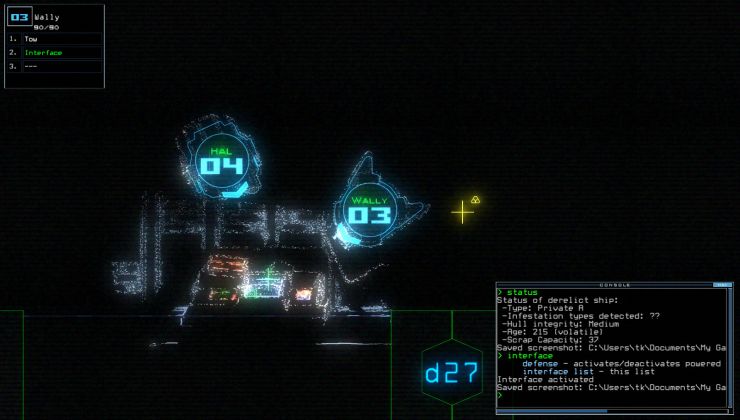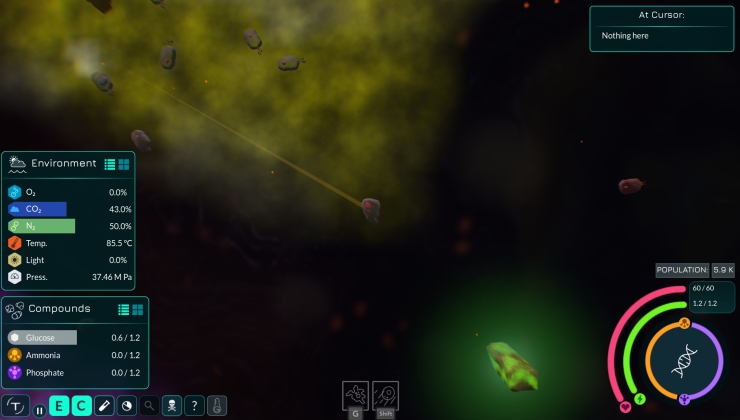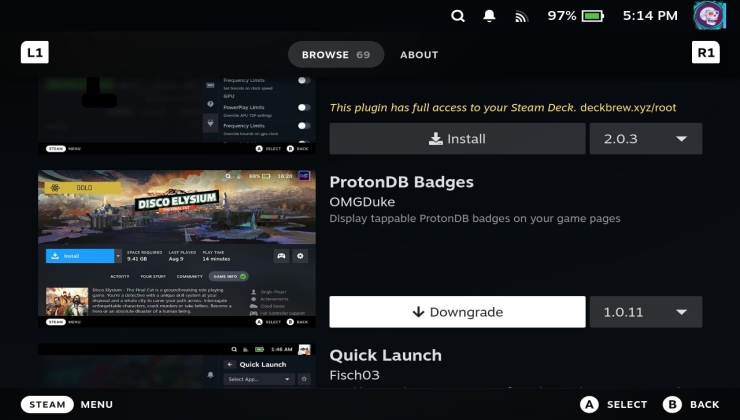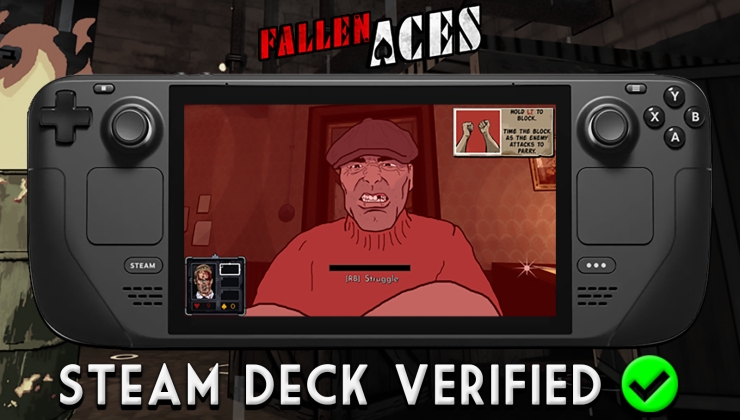The world of 7nm is here, as AMD have today released their new GPU and CPU series with the Radeon RX 5700 and Ryzen 3000.
“We are proud to deliver our newest AMD Radeon graphics cards and AMD Ryzen processor products to create the ultimate PC gaming platform with leadership performance at every price point,” said Dr. Lisa Su, President and CEO, AMD. “AMD is committed to driving innovation and competition across the computing and graphics markets to give PC enthusiasts, gamers and creators incredible experiences and unmatched value.”
AMD's new Radeon RX 5700 series is the first to use their new "RDNA" architecture, which AMD claim will provide up to "1.25x" higher performance per clock and up to "1.5x" higher performance per watt versus the older Graphic Core Next (GCN) architecture. For the new GPU it comes in three editions:
- 50th Anniversary Edition Radeon RX 5700 XT - $449
- 40 compute units, 2,560 stream processors, 8GB GDDR6
- Base clock: 1,680MHz, Game Clock: 1,830MHz, Boost Clock: "up to" 1,980MHz
- Radeon RX 5700 XT - $399
- 40 compute units, 2,560 stream processors, 8GB GDDR6
- Base clock: 1,605MHz, Game Clock: 1,755MHz, Boost Clock: "up to" 1,905MHz
- Radeon RX 5700 - $349
- 36 compute units, 2,304 stream processors, 8GB GDDR6
- Base clock: 1,465MHz, Game Clock: 1,625MHz, Boost Clock: "up to" 1,725MHz
It may be a little confusing, with them now advertising three different possible speeds. The Base Clock is the minimum level you would expect it to run at, with the Game Clock being around where you would expect it to be whilst gaming and the Boost Clock is supposed to be the max. However, AMD is apparently being quite conservative with it so you might see it go higher.
AMD also released the "Radeon Software for Linux" 19.30 driver today to add in support for the new series. Although they only list "Ubuntu 18.04.2" as being compatible with it. For the Mesa drivers, you're likely going to need the latest code which will make up Mesa 19.2 that's scheduled to release next month.
On the CPU side, things are just as exciting with two sets of CPUs. These arrived with the new X570 chipset for AMD Socket AM4. The first are their higher-end main desktop Zen 2 processors:
- Ryzen 9 3900X - $499
- 12 cores/24 threads - TDP: 105w - 4.6GHz boost/3.8GHz base
- Ryzen 7 3800X - $399
- 8 core/16 threads - TDP: 105w - 4.5GHz boost/3.9GHz base
- Ryzen 7 3700X - $329
- 8 cores/16 threads - TDP: 65w - 4.4GHz boost/3.6GHz base
- Ryzen 5 3600X - $249
- 6 cores/12 threads - TDP: 95w - 4.4GHz boost/3.8GHz base
- Ryzen 5 3600 - $199
- 6 cores/12 threads - TDP 65w - 4.2GHz boost/3.6GHz base
There's also the Ryzen 9 3950X with 16 cores and 32 threads, which is not launching until September.
For those looking for a processor with integrated graphics, they also launched these two still on Zen+:
- Ryzen 5 3400G - $149
- 4 cores/8 threads - TDP: 65w - 4.2GHz boost/3.7GHz base
- Radeon RX Vega 11 (1400 MHz)
- Ryzen 3 3200G - $99
- 4 cores/4 threads - TDP: 65w - 4.0GHz boost/3.6GHz base
- Radeon Vega 8 (1250 MHz)
If you're looking to grab one of the new Ryzen 3xxx series, you might want to keep in mind what Phoronix discovered, with newer Linux distributions failing to boot which is a big ouch. However, they seem to work fine with Ubuntu 18.04 LTS and other older distributions.
Aside from the usual teething issues with new hardware, it's really great to see AMD offer some solid competition to both NVIDIA and Intel! It's looking like an all-AMD box could be really great for gaming offering both good performance and pretty good prices too.
Additionally, AMD released version 3.0 of AMD uProf, a performance analysis tool that works on Linux. This latest version adds support for 3rd Gen AMD Ryzen, more Linux distributions supported like openSUSE Leap 15 and SLES 12 & 15. On top of that it also now supports Linux kernel profiling and kernel-space drivers and more.
Sorry for the delay, AMD decided at some point to stop sending us press releases.
But that R7 3700X sure looks delicious. Will most probably get it later, when the situation with B550 motherboards will be more clear. ^_^
Last edited by Alm888 on 7 Jul 2019 at 4:02 pm UTC
I had pretty high hopes for Ryzen 2 and it looks like it pretty much meets expectations. The only mildly disappointing point is that, at least with pre-release bios, there's absolutely no overclocking headroom. Not a big deal for me since I never seem to have great luck with it anyway, but I was hoping to see there was headroom.
Both are tempting upgrades, but I'm going to try to hold on to my current system for at least another year until Ryzen 2+ and Arcturus/Nvidia's 3000 series releases. I think my 1700 and Fury can do that without too much cutbacks in quality settings. The one nice thing is that my B350 MB got a bios update to support Ryzen 2, so potentially I could just upgrade the chip when the discounts get deep enough.
Besides, tests with the expensive X570 cards have been done and it seem the Fan of Doom is indeed running quite often and what's worse, is noisy.
Strange, (german) Computerbase is writing that the Fan is not noticable at all on MSI and Asus boards:
https://www.computerbase.de/2019-07/amd-ryzen-3000-test/5/#abschnitt_x570mainboards_und_deren_chipsatzluefter
For those looking for a processor with integrated graphics, they also launched these two
@liam You might want to add that these CPUs are not based on the new Zen 2 architecture (they are Zen+)
Besides, tests with the expensive X570 cards have been done and it seem the Fan of Doom is indeed running quite often and what's worse, is noisy. I already read the complaints of people struggling to find the desired X470 cards. Reminder: they need a BIOS upgrade to be able to accept Ryzen 3XXX and some cannot do it without a CPU.
Are there any details about Asrock X570 Taichi? That chipset fan noise seems like a very annoying issue in general.
Waiting for Sapphire Nitro / Pulse Navi RX 5700 XT to replace my Pulse Vega 56.
Last edited by Shmerl on 7 Jul 2019 at 6:16 pm UTC
The PCH fan is factory configured to run at full speed, and even though it’s fairly quiet for its size, its nearly 6000 RPM makes the PC sound like it has a GeForce 2 constantly running Quake 3.
Hmm...
Apart from the value premise that buyers will be paying for the inconvenience of removing so large a top cover to access any M.2 slots and likewise paying for a beautiful rear shield that they’ll never see, the X570 Taichi is a great board. The PCH fan speed can be turned down to reduce noise, or the board can be placed in a case that does a good job of containing the fan whine. Overall though, we’d rather pay a a little less for a board without unnecessary covers and in turn have easy access to our M.2 slots.
Last edited by Shmerl on 7 Jul 2019 at 6:33 pm UTC
Last edited by Scoopta on 8 Jul 2019 at 6:20 am UTC
Sorry for the delay, AMD decided at some point to stop sending us press releases.Did AMD give a (good) reason for this?
GOL is one of the largest, if not the largest, web sites dedicated to gaming on Linux. How can AMD, which offers acceptable Linux support on the one hand, on the other hand stop sending press releases to the website that reaches a large part of their Linux customers?
It's incomprehensible for me because it should be a cinch to add another email address to a mailing list. Even more incomprehensible to me is why an address like GOL's is removed from it.
Last edited by KuJo on 8 Jul 2019 at 7:13 am UTC
https://www.phoronix.com/scan.php?page=article&item=ryzen-3700x-3900x-linux&num=1
hopefully that's resolved soon :/
No reply on it yet. I did also email them to ask where to find their press images, the ones you often see in articles on other sites. They asked for examples, i gave some and then no reply again.Sorry for the delay, AMD decided at some point to stop sending us press releases.Did AMD give a (good) reason for this?
GOL is one of the largest, if not the largest, web sites dedicated to gaming on Linux. How can AMD, which offers acceptable Linux support on the one hand, on the other hand stop sending press releases to the website that reaches a large part of their Linux customers?
It's incomprehensible for me because it should be a cinch to add another email address to a mailing list. Even more incomprehensible to me is why an address like GOL's is removed from it.
Last edited by Liam Dawe on 8 Jul 2019 at 8:10 am UTC
Anybody got an idea if 8 cores will be way more future-proof than six cores?
Is/will gaming be making use of them?
Maybe they use tracking pixels in the marketing mails and if your mailer blocks them they automagically remove recipients "never" reading the mails? It's a not uncommon issue with mailings lists.No reply on it yet.Sorry for the delay, AMD decided at some point to stop sending us press releases.Did AMD give a (good) reason for this?
I did also email them to ask where to find their press images, the ones you often see in articles on other sites.https://mars.amd.com/Site/AMDResourceLibrary?lang=en :)
No idea on the tracking stuff, as for that link the info wasn't live when I last checked it, as news sites get the access earlier. Frustrating to see it all now live <_<Maybe they use tracking pixels in the marketing mails and if your mailer blocks them they automagically remove recipients "never" reading the mails? It's a not uncommon issue with mailings lists.No reply on it yet.Sorry for the delay, AMD decided at some point to stop sending us press releases.Did AMD give a (good) reason for this?
I did also email them to ask where to find their press images, the ones you often see in articles on other sites.https://mars.amd.com/Site/AMDResourceLibrary?lang=en :)












 How to set, change and reset your SteamOS / Steam Deck desktop sudo password
How to set, change and reset your SteamOS / Steam Deck desktop sudo password How to set up Decky Loader on Steam Deck / SteamOS for easy plugins
How to set up Decky Loader on Steam Deck / SteamOS for easy plugins
See more from me